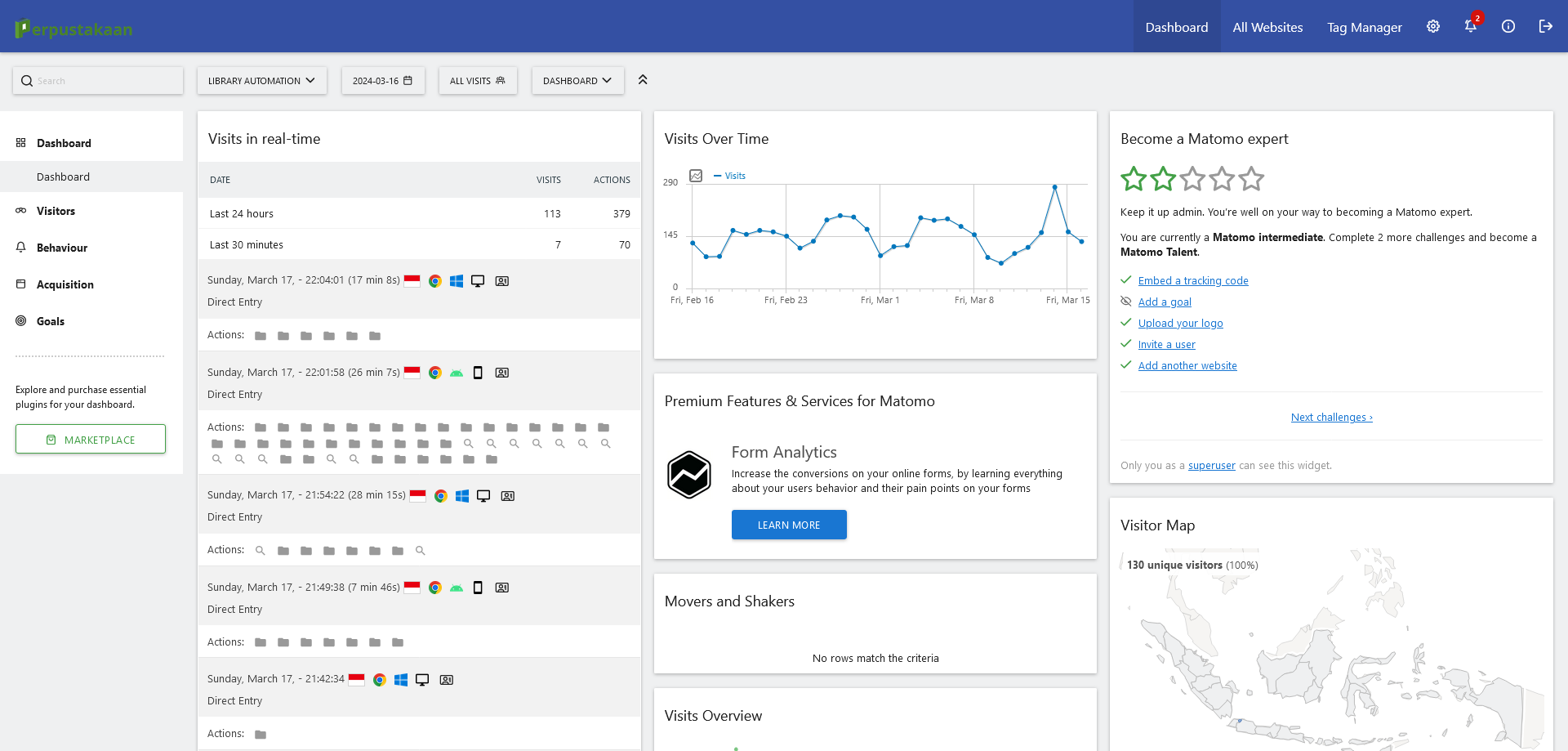Collection Details

Re-imagining Japan after Fukushima
Mihic, Tamaki - Nama Orang
"The 2011 Tōhoku earthquake, tsunami and Fukushima nuclear disaster (collectively referred to as ‘3.11’, the date of the earthquake), had a lasting impact on Japan’s identity and global image. In its immediate aftermath, mainstream media presented the country as a disciplined, resilient and composed nation, united in the face of a natural disaster. However, 3.11 also drew worldwide attention to the negative aspects of Japanese government and society, thought to have caused the unresolved situation at Fukushima. Spurred by heightened emotions following the triple disaster, the Japanese became increasingly polarised between these two views of how to represent themselves. How did literature and popular culture respond to this dilemma? Re-imagining Japan after Fukushima attempts to answer that question by analysing how Japan was portrayed in post-3.11 fiction. Texts are selected from the Japanese, English and French languages, and the portrayals are also compared with those from non-fiction discourse. This book argues that cultural responses to 3.11 had a significant role to play in re-imagining Japan after Fukushima."
Additional Information
- Penerbit
- Canberra, Australia : ANU Press (2020)
- GMD ( General Material Designation )
- Electronic Resource
- No. Panggil
-
952.04MIHr
- ISBN/ISSN9781760463540
- Klasifikasi
- 952.04
- Deskripsi Fisik
- ix, 163 p.
- Bahasa
- English
- Edisi
- -
- Subjek
- Japan
Humans
Fukushima Nuclear Accident - Pernyataan Tanggungjawab
- -
- Info Detail Spesifik
- -
- GMD
- Electronic Resource
- Tipe Isi
- text
- Tipe Media
- computer
- Tipe Pembawa
- online resource




